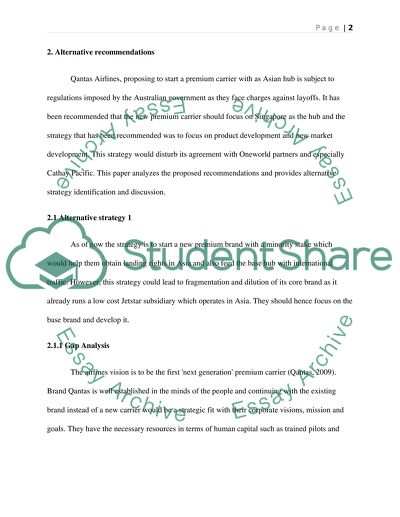Cite this document
(“An Australian Airline (Qantas) Essay Example | Topics and Well Written Essays - 3000 words”, n.d.)
Retrieved de https://studentshare.org/marketing/1391493-an-australian-airline-qantas
Retrieved de https://studentshare.org/marketing/1391493-an-australian-airline-qantas
(An Australian Airline (Qantas) Essay Example | Topics and Well Written Essays - 3000 Words)
https://studentshare.org/marketing/1391493-an-australian-airline-qantas.
https://studentshare.org/marketing/1391493-an-australian-airline-qantas.
“An Australian Airline (Qantas) Essay Example | Topics and Well Written Essays - 3000 Words”, n.d. https://studentshare.org/marketing/1391493-an-australian-airline-qantas.


